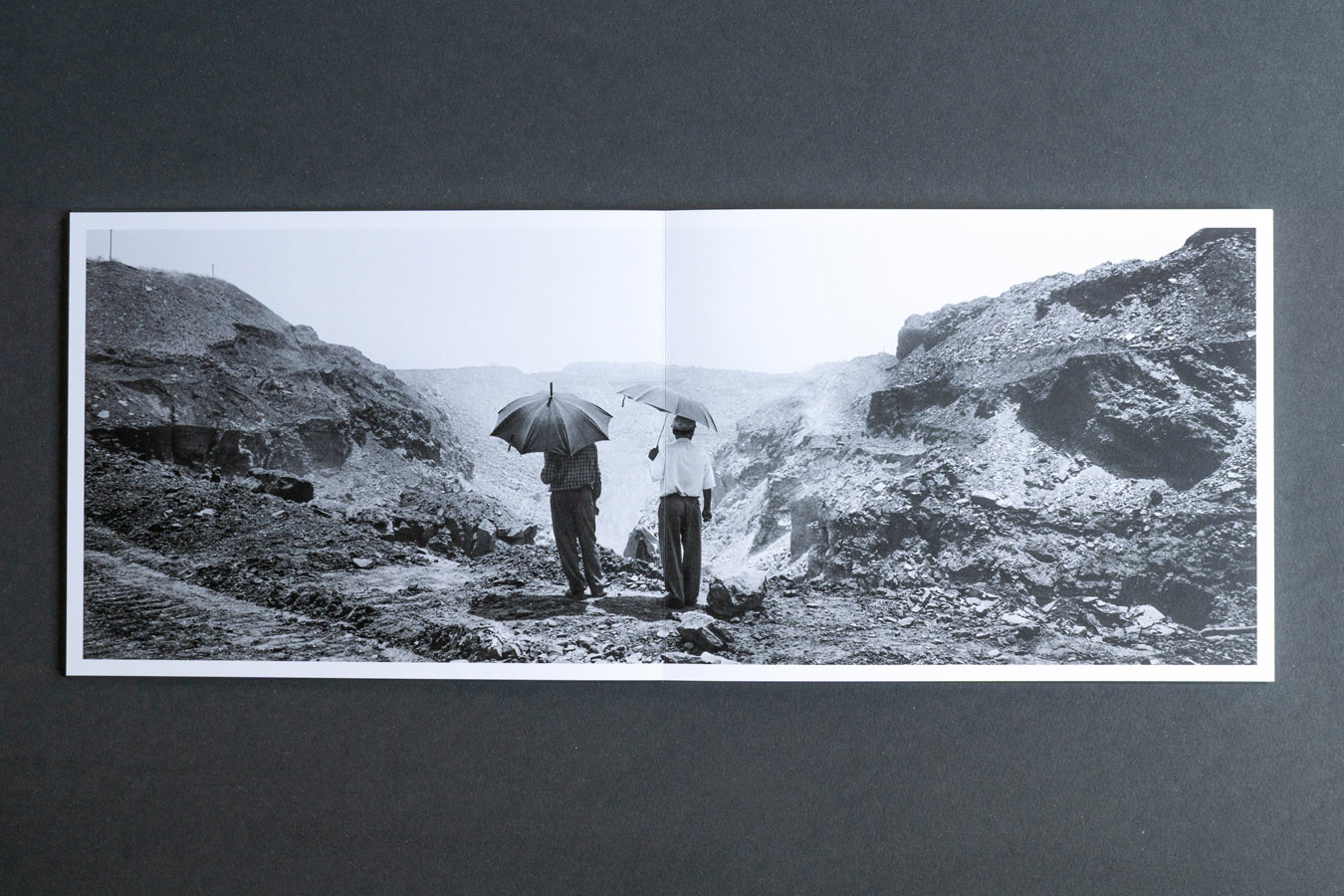
In collaboration with Braun Denk und Werk
We would like to introduce you to two technologies that are used in the production of a layflat book or brochure: real layflat binding and layflat adhesive binding. Both techniques have their advantages and disadvantages but what they have in common is that both binding types create a completely flat opening and layout – and both can be produced by the Printfarm :-).
The real layflat binding.
With this type of binding, pages are printed – usually digitally – on one side only with the image folded inwards. Subsequent sheets are also printed and folded and placed on-top of each other and glued together to create a book block. Within the book block every page is a double spread and every page opens completely flat. To create a hardback book block, cover boards can be applied to the two outside sheets. This process is ideal for small and medium-sized editions, as it is a very simple production method and is well suited to digital printing. It is important that the print does not break, which is why we recommend our EXTRAROUGH, EXTRASMOOTH, EXTRAROUGH RECYCLING and EXTRASMOOTH RECYCLING papers for this binding, as they do not break until very late in the fold. In addition, the HP Indigo and digital sheet-fed inkjet are available as printing technologies, as the color is less brittle than in dry-toner digital printing. In the case of papers, it should also be noted that - in order to be able to glue them well - the basis weight should be in the range between 120 gsm and 270 gsm.
The disadvantage of this type of binding is that the paper is always doubled, and the brochures and books can quickly become very thick. Thus, the advantage is also that you get a very stable print product with just a few pages.
The layflat perfect binding
Layflat adhesive binding, on the other hand, is a real form of binding, i.e. the glue is applied in such a way that it allows the pages in the book block to open completely flat. The advantage is obvious: the paper is not doubled, i.e. significantly larger numbers of pages can be produced without the brochure becoming too thick, and all printing processes and papers can be used, as the subject of fold breaks is irrelevant. On the other hand, edition 1 cannot really be represented economically.